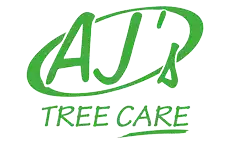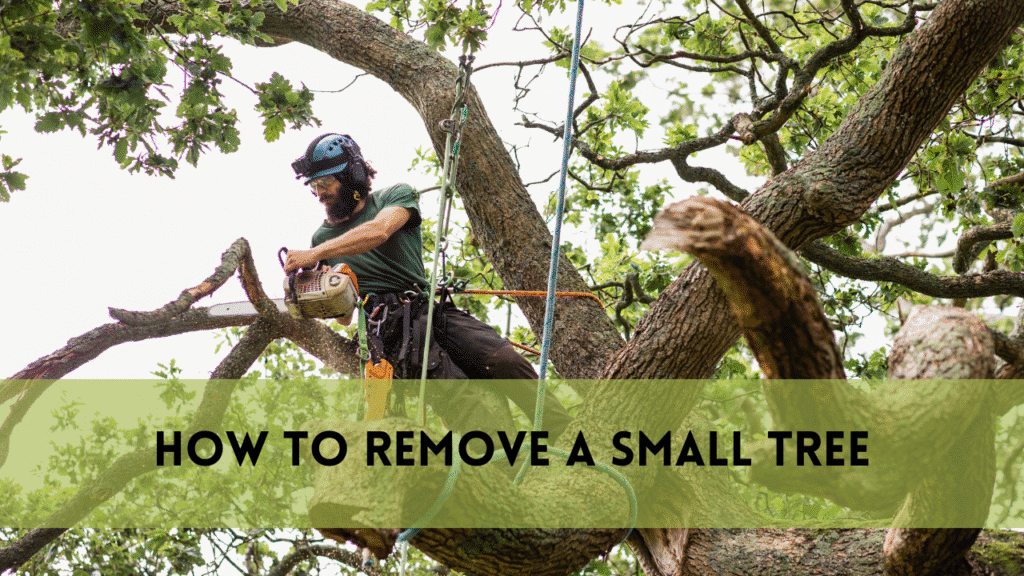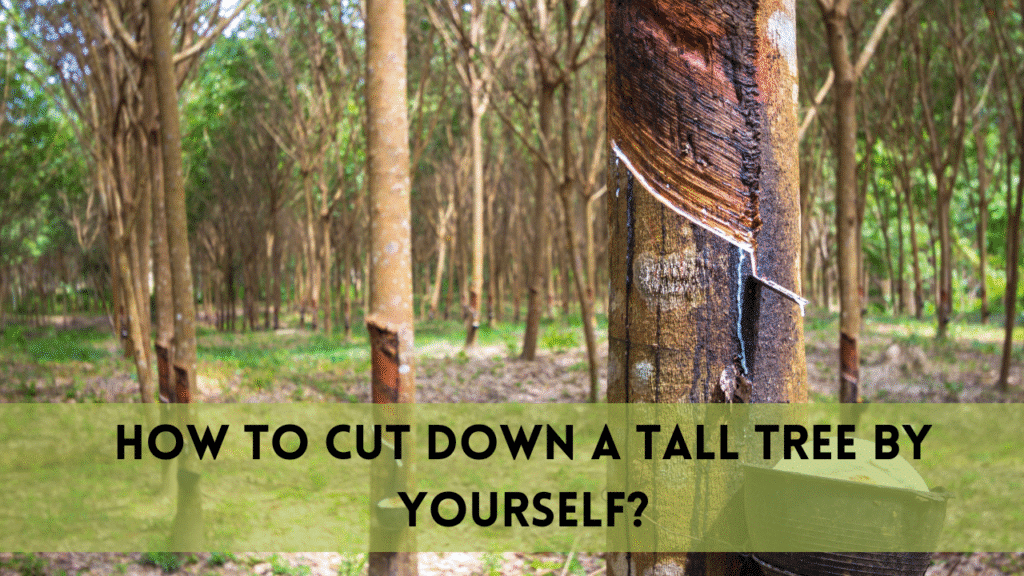Amidst the everyday chaos, we frequently come upon unanticipated roadblocks in the form of fallen trees. Ever ask yourself, who is responsible for fallen tree removal? We explore the unsung heroes who work behind the scenes to keep our roads safe and clear in this thorough investigation.
Who is Responsible for Fallen Tree Removal?
Falling trees can be a silent threat, blocking traffic and posing a risk to commuters. Whether it’s a tree dying of old age or the aftermath of a strong storm, removal must happen quickly.
Immediate Response Teams
In the face of such obstacles, immediate response teams emerge as the first line of defence. These dedicated individuals, equipped with specialised skills and tools, rush to the scene to clear the roads promptly. Their prompt action ensures the restoration of normalcy and minimises disruptions to our daily routines.
Municipal Agencies
Municipal agencies play a crucial role in ensuring public safety by taking charge of the removal process. These agencies are responsible for coordinating efforts, deploying resources, and orchestrating a seamless response to clear fallen trees from roads.
Arborists with Expertise in Tree Care
Professionals with expertise in tree care and upkeep are known as arborists. They are knowledgeable on the biology, identification, care, and cultivation of trees. In a variety of contexts, particularly urban ones, arborists are essential to maintaining the wellbeing and security of trees.
Getting Ahead amid Nature’s Fury
The expression “Navigating Nature’s Fury” suggests that arborists are skilled at navigating nature’s destructive powers, especially in the aftermath of storms, hurricanes, and other natural calamities. In order to evaluate and mitigate the effects of fallen trees which are frequently caused by severe weather on adjacent roads and places, expert navigation is needed.

Roles of Arborists in Fallen Tree Removal from Roads
Assessment and Evaluation: Arborists are trained to assess the condition of trees, especially those that have fallen or been damaged. They evaluate the extent of the damage and determine the best course of action for removal.
Risk Management: Understanding the risks associated with tree removal is a key aspect of an arborist’s expertise. They consider factors such as the stability of the tree, the presence of hanging limbs, and potential hazards during the removal process.
Preservation of Surrounding Greenery: While addressing fallen trees, arborists aim to preserve the surrounding greenery and minimise damage to the environment. They may use techniques to protect nearby trees and vegetation during the removal process.
Post-Removal Care: Arborists also provide recommendations for post-removal care, including soil treatment, planting replacements, and ongoing tree maintenance. Their holistic approach ensures the long-term health and resilience of the urban forest.
Expertise in Urban Forestry: Arborists contribute significantly to urban forestry by navigating the aftermath of nature’s fury. Their expertise is essential in maintaining the health and balance of trees within urban environments, where the proximity of trees to infrastructure demands careful management.
Working Together to Find Solutions to remove Trees from Roads
A variety of entities work together to remove the object, each offering their special skills in the process. The combined competence of arborists and municipal workers guarantees the prompt removal of fallen trees, restoring the necessary airflow on our roadways.
Developments in Technology for Tree Removal from Roads
Technological Progress: This refers to the progress and improvements in tools, equipment, and methodologies used in the field of tree removal. Technological advancements continually reshape the landscape of tree care and management, offering new and more effective solutions to challenges.
Key Aspects of Technological Advancements in Tree Removal
Specialised Equipment: Modern tree removal often involves the use of specialised equipment designed for efficiency and precision. This includes advanced chainsaws, cranes, wood chippers, and stump grinders. These tools streamline the removal process and contribute to faster and more effective operations.
Drones and remote sensing technology have become indispensable tools for evaluating the health of trees and spotting possible hazards. When fitted with cameras and sensors, drones may offer aerial perspectives of the impacted areas, which helps removal teams and arborists plan and carry out their work with better situational awareness.
Cranes and Rigging Systems: Large, heavy tree limb removal is made safe by the employment of sophisticated rigging systems and cranes. With the use of this technology, arborists can precisely regulate how tree components descend, reducing the possibility of damaging neighbouring buildings or landscaping.
Wood Chippers and Recycling Equipment: Technological advancements in wood chippers facilitate the efficient processing of tree debris. Some equipment is designed to recycle wood chips and debris for various purposes, such as mulch production or biomass energy generation. This aligns with sustainable practices in tree removal.
GPS and Geographic Information Systems (GIS): Geographic Information Systems and GPS technology assist in mapping and tracking fallen trees. This aids in coordinating response teams and ensuring that resources are deployed strategically to areas with the greatest need.
Communication Tools: Advanced communication tools and software contribute to seamless coordination among removal teams, municipal agencies, and other stakeholders. Real-time communication enhances the efficiency of the overall removal process
Benefits of Technology to Remove Fallen Trees
Efficiency: Advanced equipment allows for quicker and more efficient removal of fallen trees, reducing the time it takes to clear roads and restore normalcy.
Precision: The precision offered by modern tools minimises the risk of collateral damage to surrounding structures, landscapes, and other trees.
Safety: Technological advancements prioritise the safety of removal teams and the public by introducing tools that reduce manual labour and mitigate risks associated with tree removal.
Environmental Considerations: Some technologies focus on environmentally friendly practices, such as recycling wood debris or using bio-friendly fuels in equipment.
Removal of Fallen Trees is Essential for Public Safety
While the removal of fallen trees is essential for public safety, it’s equally crucial to consider the environmental impact. Many municipalities have embraced eco-friendly practices, ensuring that the trees are recycled or repurposed rather than simply discarded. This balancing act between public safety and environmental consciousness reflects a responsible approach to tree removal.
A Collective Responsibility
Beyond the professionals, community involvement plays a vital role. Reporting fallen trees promptly and following safety guidelines during extreme weather conditions contribute to a safer environment for everyone. It’s a collective responsibility to ensure the well-being of our communities.
FAQs
Who is responsible for removing fallen trees from roads?
Various entities play a role, including immediate response teams, municipal agencies, and arborists. Their collaborative efforts ensure swift and safe removal.
How do arborists assess the damage caused by fallen trees?
A: Arborists use their expertise to evaluate the extent of damage, assess risks, and determine the most effective and safe removal techniques for fallen trees.
What technologies are used in the modern removal of fallen trees?
Advanced tools like drones, cranes, wood chippers, and GIS contribute to efficient and precise tree removal, enhancing safety and minimising environmental impact.
How can the public contribute to the removal process?
Reporting fallen trees promptly, following safety guidelines during extreme weather, and staying informed about road closures help the community play a vital role in the removal process.
Are there eco-friendly practices in fallen tree removal?
Yes, many municipal agencies embrace eco-friendly practices, recycling wood debris and implementing sustainable methods to balance public safety and environmental considerations.
Conclusion
In conclusion, the question of who removes fallen trees from roads unravels a symphony of coordinated efforts. Immediate response teams, municipal agencies, arborists, and technological advancements work in harmony to address this common yet often overlooked challenge.
By understanding and appreciating the intricate process of tree removal, we can better recognize and acknowledge the unsung heroes who keep our roads clear and safe. Next time you pass by a cleared road, remember the silent efforts behind the scenes that make your journey smooth and secure.




